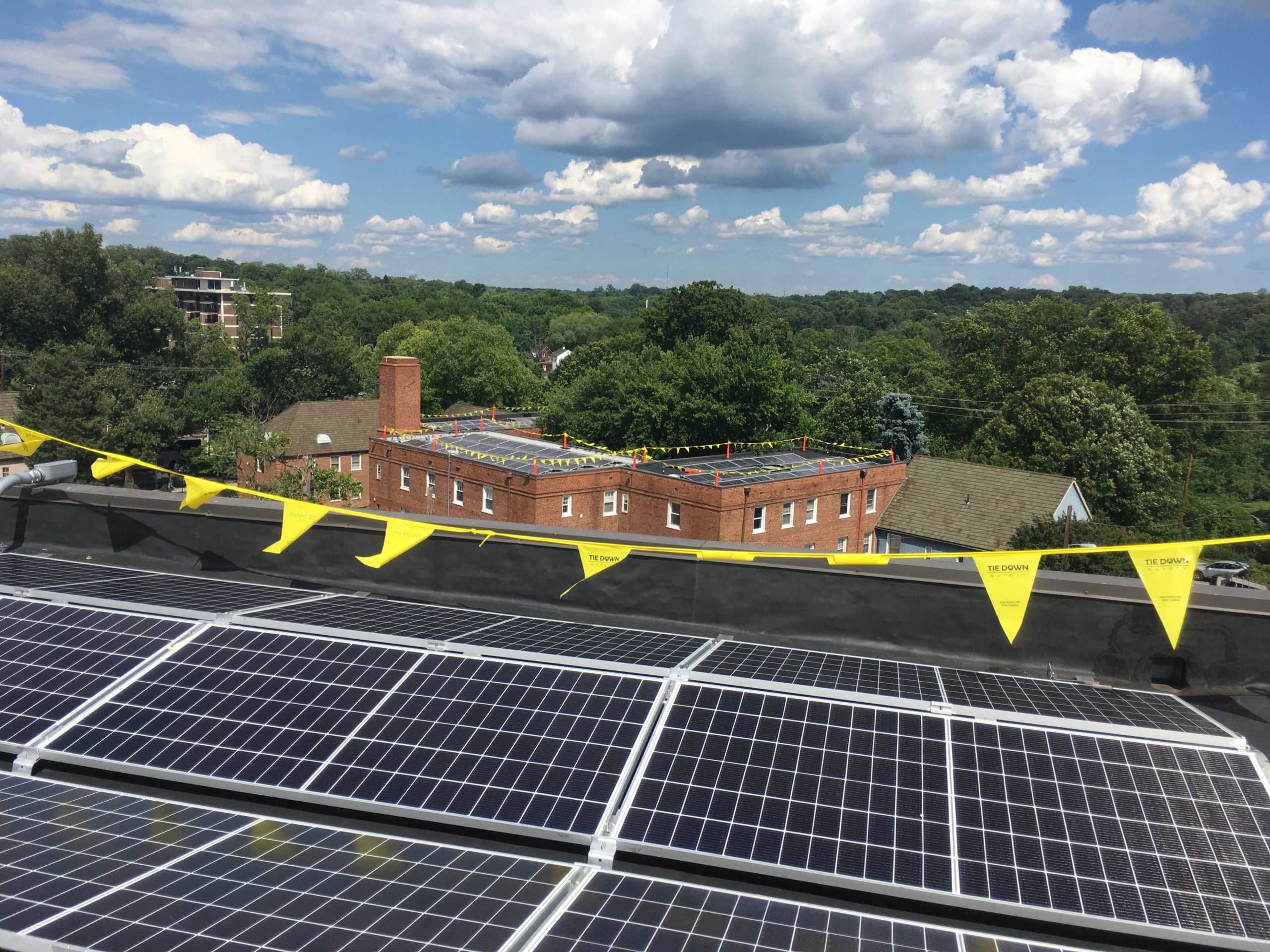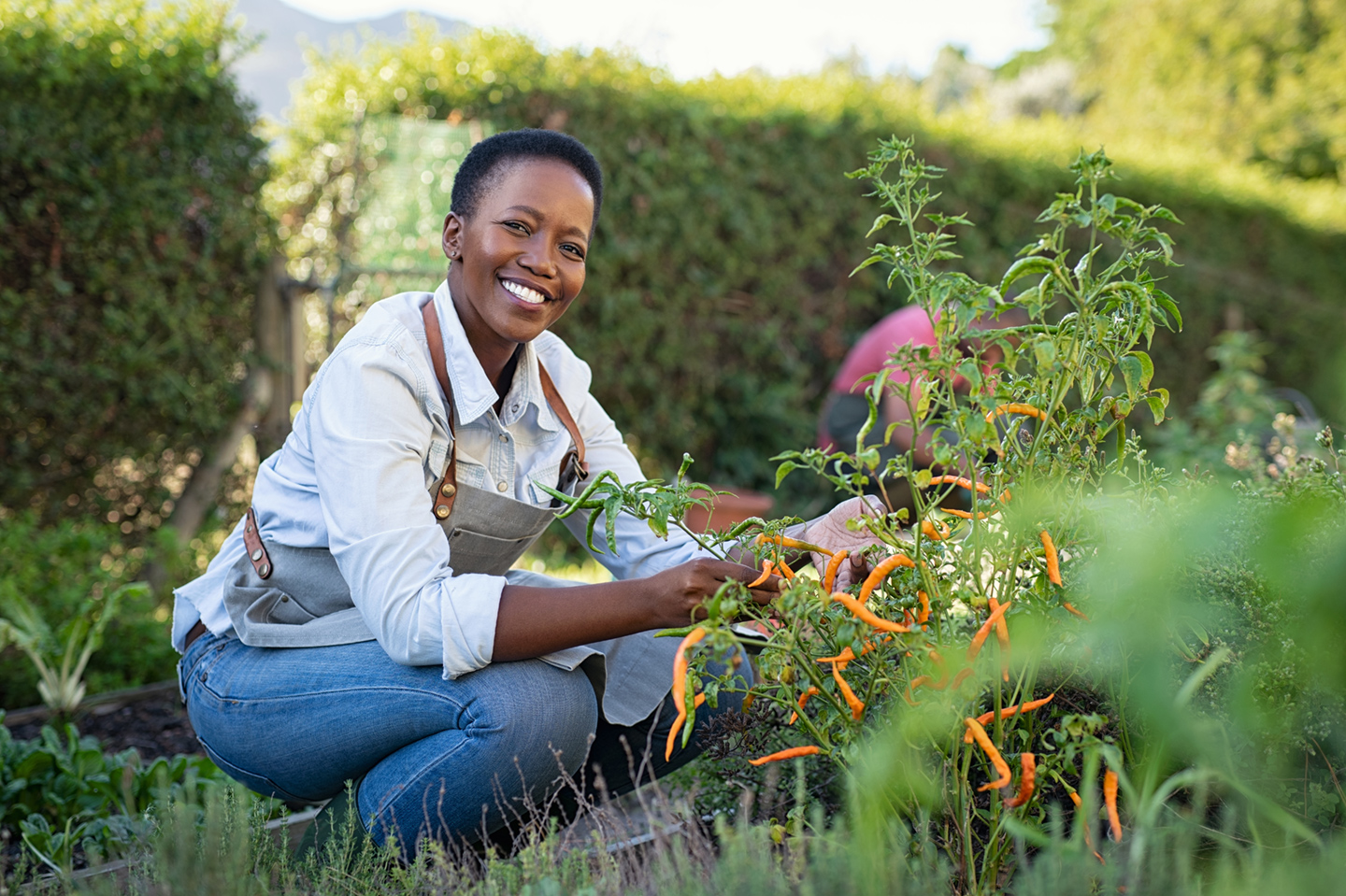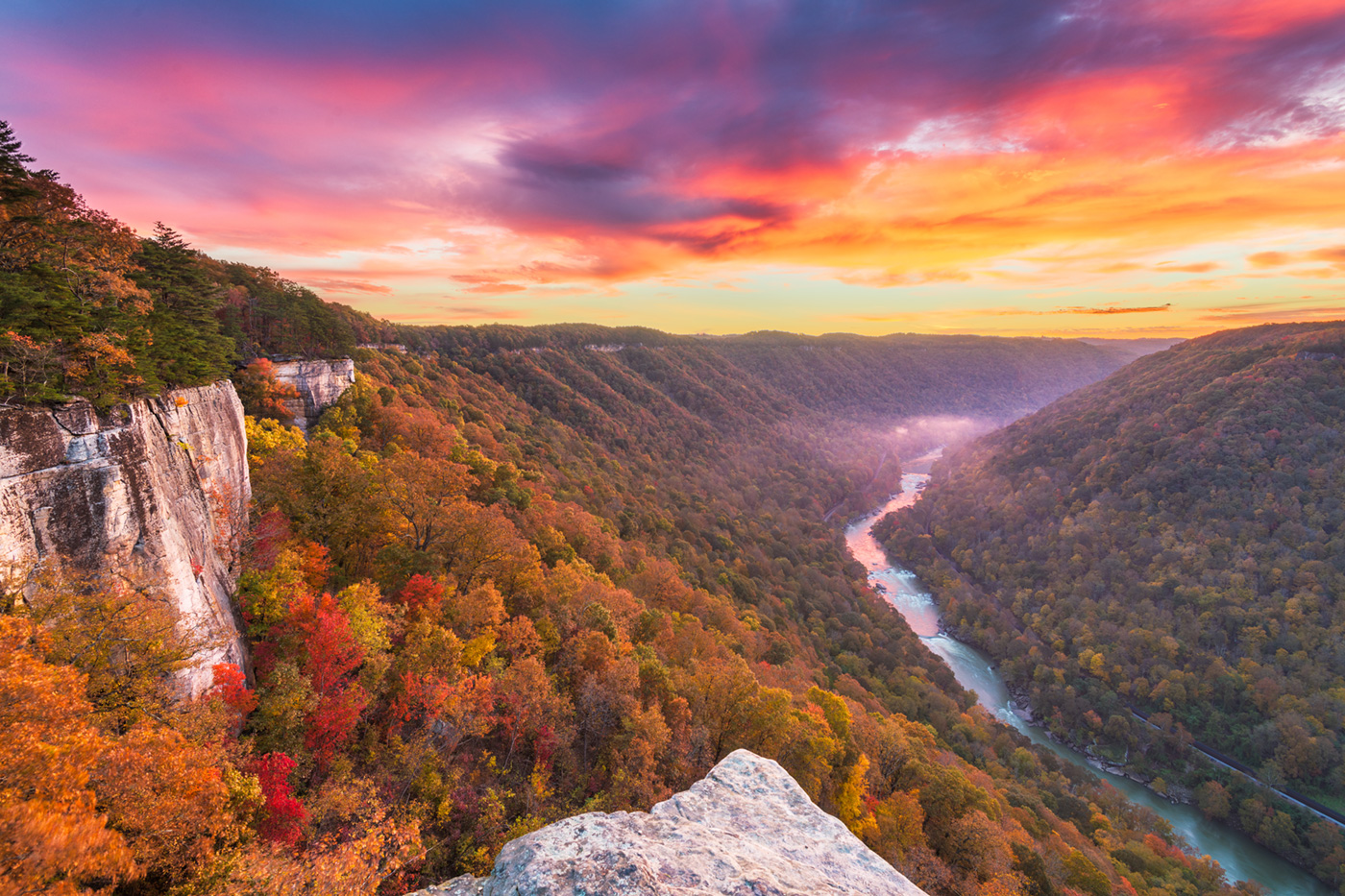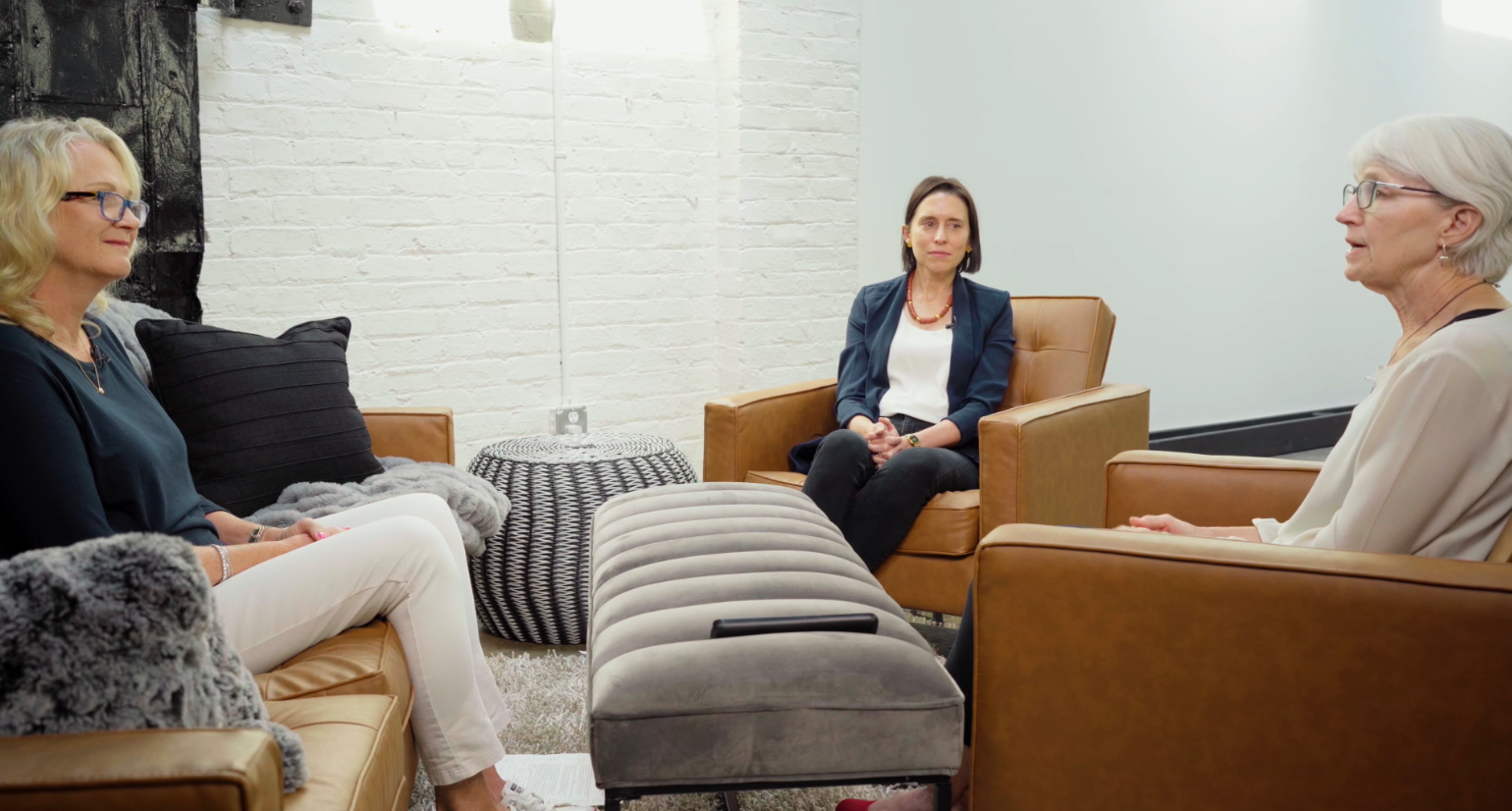It’s hard to read or watch the news without witnessing the impacts of climate change. NASA’s climate change website notes carbon dioxide is up to 416 parts per million. The arctic ice minimum is down 13.1% per decade, and the ice sheets have decreased by 428 billion metric tons per year. As a result, sea levels are up 3.4 millimeters per year, and global temperatures have risen by 2.1 degrees since 1880. Virginia itself experienced nine “climate disasters” from 2018 to 2019, costing the state $1.6 billion.
At Virginia Community Capital, we understand the importance of investing in clean, renewable methods of power generation to reduce water and air pollution. Our work in solar energy lending began about five years ago with a focus on small business solar loans. We have completed 40 loans in that time with $15 million being distributed in the last two years alone. Our lending to solar developers who receive grants under Washington, D.C.’s Solar for All program captures how these types of loans can have not just global impact, but social impact on a local level.


What is Community Solar?
Before diving into the Solar for All program, let’s explore and define “community solar.” “Frontline” communities are defined as the low-to-moderate income (LMI) households and communities of color that disparately face the negative effects of extreme weather events. This disproportionate impact is due to historic community disinvestment and systemic inequities that make it harder to withstand and recover from a weather emergency. So, how do we make communities more climate resilient in an equitable and affordable way?
Community development financial institutions (CDFIs) can assist frontline communities in becoming more resilient against climate change and improve access to affordable, clean energy by investing in community solar. Community solar is a shared solar energy system that households and businesses on a community grid can access. The solar system is installed in a centralized location and produces electricity for the local utility provider, which is then allocated to the households and businesses on the grid.
Renter status, tree shading on rooftops, aging infrastructure, and the high cost of installation mean that about 80% of Americans cannot install a solar system in their own household or business. Community solar, however, lowers the barriers of accessing and installing solar systems. Lower energy cost provisions and less reliance on fossil fuels for electricity make this approach a more equitable solution for all. It allows for a collective response to affordable energy accessibility, especially when positioned in frontline communities where low-income households and businesses can benefit.
Virginia recently passed legislation enabling community solar, which for the first time permits low-wealth communities to access solar energy through a subscription service rather than direct purchase. In response, VCC is preparing to provide loan capital to support community solar projects as they take shape in the Commonwealth.
What is Solar for All?
Solar For All is Washington, D.C. Mayor Muriel Bowser’s initiative to provide 100,000 low-to-moderate income families with the benefits of locally generated clean energy. The D.C. Department of Energy and Environment is partnering with organizations across the District to install solar on single family homes and develop community solar projects to benefit renters and residents in multi-family buildings. Private companies own the solar systems, but through grants to the solar company owners, the energy is provided to families for free to supplement their traditional energy consumption. The mission is to provide the benefits of solar electricity to economically excluded households and, by 2032, reduce their energy bills by 50%.
Seeing the Impact
At VCC, we know household income does not determine a family’s desire to mitigate their impact on climate change. According to the U.S. Energy Information Administration, about a third of Americans struggle to pay energy bills or support adequate HVAC systems in their homes. This statistic can be directly linked to decades of wealth inequality and racist housing policies that have resulted in many families living with broken or inefficient heating and cooling systems. So, while many of those families strive to live more environmentally friendly lifestyles – and pay smaller energy bills – they have historically lacked access to the required resources.
We’ve partnered with solar companies that participate in the Solar for All program to deliver clean energy to 250 homes through four loans so far, and we have another two loans closing this fall – roughly $1.8 million of funding that will benefit about 500 households.
VCC is one of the few solar lenders in the region that provides loans below $1 million, with our minimum loan threshold being $100,000. This allows us to provide capital to community solar projects and ensure investments into LMI communities. Given the Commonwealth of Virginia’s commitment to transition to renewable energy by 2050, VCC hopes this is only the beginning of our support of solar and other renewable energy projects.
Everything is Connected
As we’ve said before, making an impact and creating a more equitable and accessible ecosystem for all is multifaceted, and the variables are all connected. Low-income families have a high energy burden; costs can sometimes make up 10% of their income. If we can help reduce expenses in one area, that means more money in pockets for food, healthcare, housing, and education, not to mention a reduction in the mental burden of trying to do it all. We believe in approaching community development holistically, and it will take partners across sectors to make a real and lasting impact.
Won’t you join us in reimagining the future of clean energy?
Be a part of building a better and more equitable future. We can do more, together.
Recent Posts
Reimagining Healthy Food Access
A family or individual who is food-insecure lacks access – most or all of the time – to enough nutritious food to live…
Revitalization: A Team Effort
A Need for Innovative LendingFahe is a regional network, financial intermediary, and community development financial…
LOCUS: Local Investing for Impact
Around the time of Virginia Community Capital’s (VCC) 10-year anniversary, we began to explore the ways we could make…


